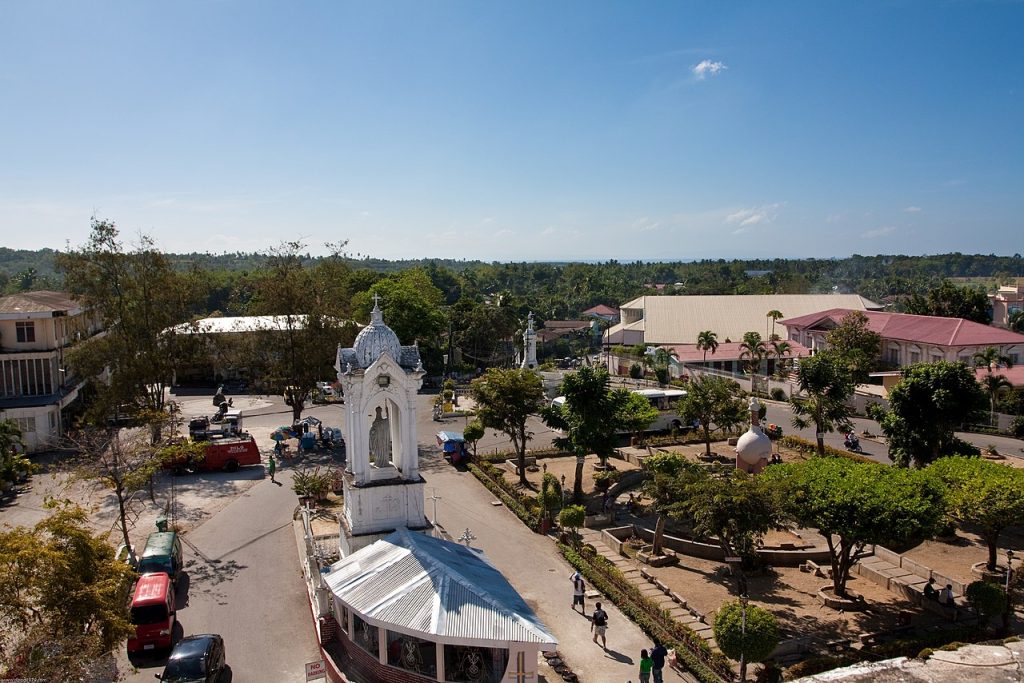
Carcar Old Town Plaza as seen from the bell tower of St. Catherine of Alexandria Church by dbgg1979
Approximately 40 kilometers south of Cebu City, is the component city of Carcar which stands as a testament to the rich cultural heritage and culinary traditions of the Philippines. Established in 1599, this historic city offers visitors a unique blend of well-preserved architecture, delectable local delicacies, and vibrant markets. This coastal city has 15 barangays, a 2020 population of 136,453 people, and a land area of 116.78 sq. kilometers (45.09 sq. miles).
A Glimpse into Carcar’s History
Originally known as “Sialo,” Carcar’s roots trace back to a small seaside settlement situated between the Minag-a River to the north and another significant river to the south. Over the centuries, Carcar evolved into a bustling town, officially becoming a city on July 7, 2007, through Republic Act 9436.
Architectural Marvels and Heritage Sites
Carcar is renowned for its well-preserved colonial structures that reflect both Spanish and American influences. Strolling through the city, one can admire heritage houses such as the Balay na Tisa, Yap House, and Silva House. The St. Catherine of Alexandria Church, with its intricate designs, stands as a centerpiece of Carcar’s architectural heritage. Another notable landmark is the Carcar Rotunda, a symbol of the city’s historical significance.
by Village People Philippines
Culinary Delights: A Food Lover’s Paradise
No visit to Carcar is complete without indulging in its famed local delicacies. The city is particularly celebrated for:
- Chicharon: Crispy, deep-fried pork rinds that offer a savory crunch with every bite.
- Lechon: Juicy, roasted pig known for its flavorful and crispy skin.
- Ampao: Sweet, crunchy rice treats that serve as delightful snacks.
These culinary delights can be savored at the New Carcar City Public Market, where numerous vendors offer authentic flavors that have been passed down through generations.
Exploring the Vibrant Public Market
The New Carcar City Public Market serves as the heart of local commerce and culture. Here, visitors can immerse themselves in the bustling atmosphere, sample a variety of street foods, and purchase handcrafted goods. The market is particularly lively from sunset until around 10 PM, offering a distinctly Filipino street food experience.
by Liloan Cebu-Lakaw Lakaw
Heritage Tours and Cultural Experiences
For those keen on delving deeper into Carcar’s history, heritage tours provide insightful journeys through the city’s storied past. These tours often include visits to ancestral houses, museums, and other historical landmarks, offering a comprehensive understanding of Carcar’s evolution over the centuries.
Conclusion
Carcar City seamlessly weaves together the threads of history, culture, and gastronomy, making it a must-visit destination in Cebu. Whether you’re an architecture enthusiast, a history buff, or a food lover, Carcar promises an enriching experience that captures the essence of Filipino heritage
by CINEMOTIONDIGITALFILMS 2014